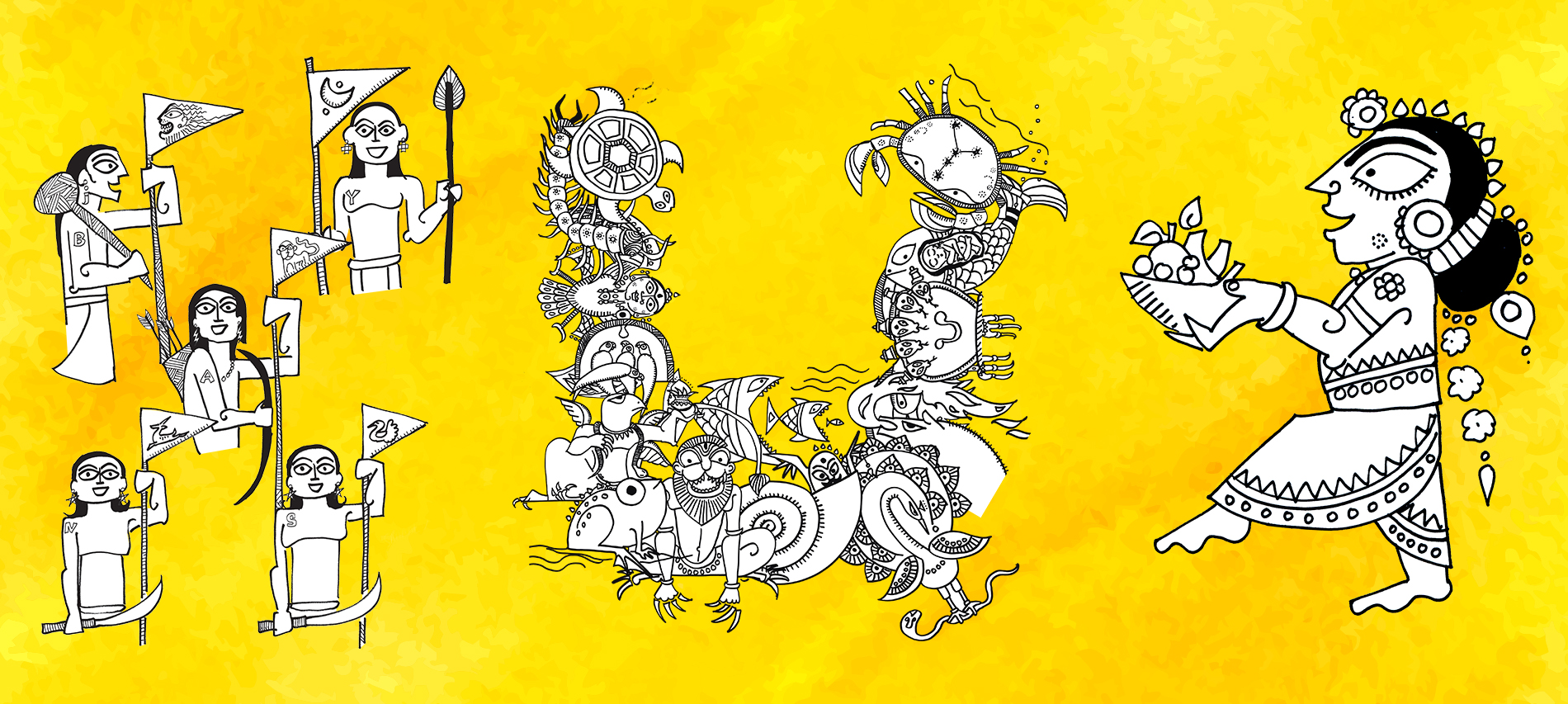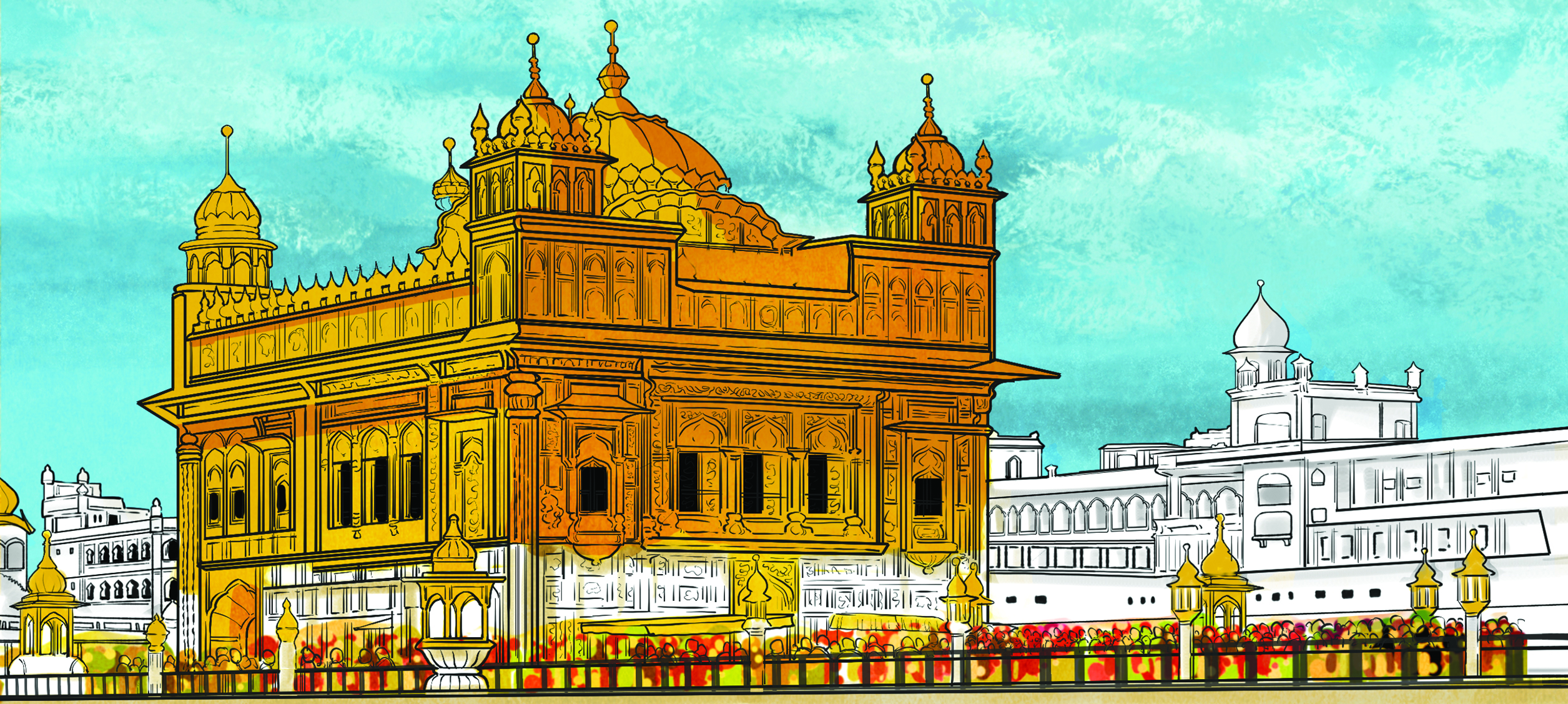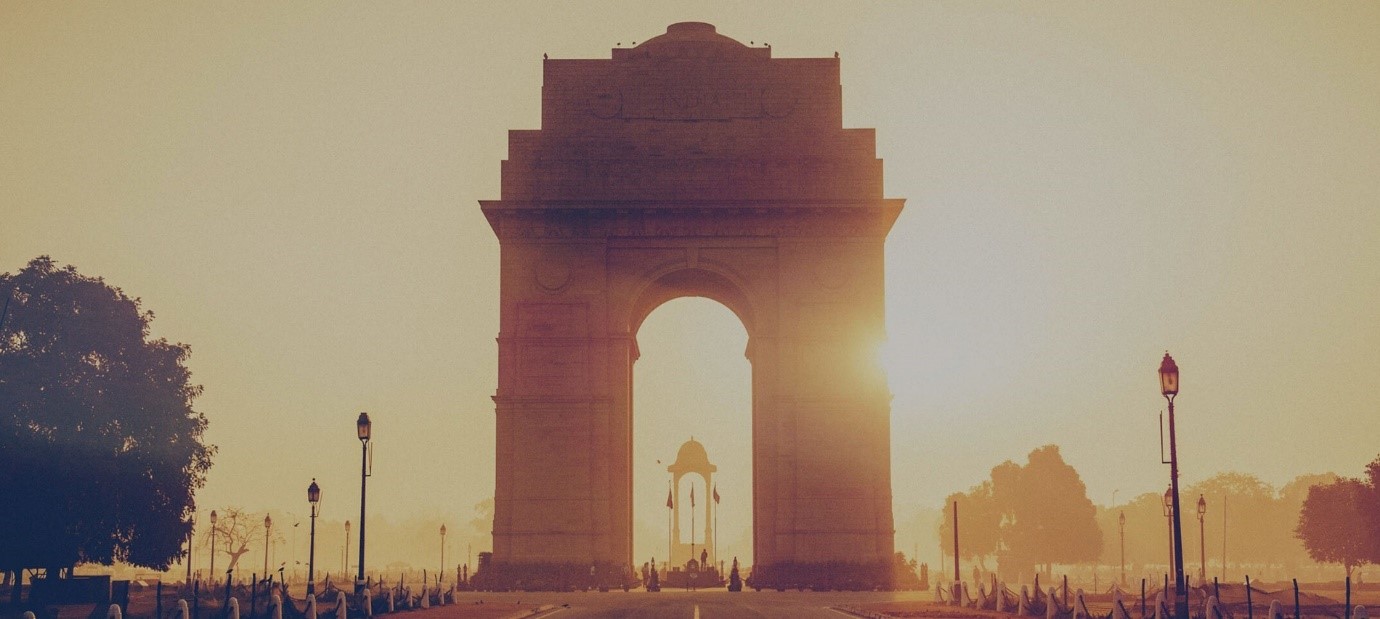Novoneel Chakraborty is a master when it comes to romance thrillers. His books A Thing beyond Forever and That Kiss in the Rain have been appreciated by thousands all over the country. They have also appeared in numerous bestsellers’ lists at different points in time since their releases.
Novoneel is back with another beguiling tale of dark romance and thrill, Forever is a Lie.
Here are seven quotes from the book that will send a chill down your spine.







Intrigued? Get your copy of Novoneel Chakraborty’s Forever is a Lie right now!

Tag: Bulletin Board
Have You Introduced Your Child to Devdutt Pattanaik’s Mythological Stories with a Twist?
Hailed as one of India’s favourite mythologists, Devdutt Pattanaik’s books introduce us to the world of Indian mythologies and epics with a fun and interesting twist.
Before you wonder how you’ll take on the difficult task of getting your child to remember the countless stories from our epics, let’s look at the wonderful world of some of Devdutt Pattanaik’s books.
Fun in Devlok Omnibus

Do you know the name of the demon with poor memory? Do you know the story of the time Lord Krishna landed at the airport? Have you heard of the big fight between Kama and Yama? Dive right into the amazing world of Devlok with this beautifully illustrated book!
Pashu

In Indian mythology, a fish rescues the world from destruction and a horse can fly high. But where do these animals come from? Why are some of them looked upon with dread, while the rest are worshipped with the Gods and Goddesses? Devdutt Pattanaik unravels the mysteries of the interesting animal world in Indian mythologies in this delightfully illustrated book!
The Girl Who Chose

The epic of Ramayana has been told and retold through generations from the points of view of Ram and Ravana. But little did we notice that the pivot always was Sita and her five choices. What were they? Find out with Devdutt Pattanaik’s beautiful book with stunning illustrations!
If you’ve plunged right into the fascinating world of Devdutt Pattanaik’s books, here’s one more about the Mahabharata waiting for your collection!

Things You Didn’t Know About ‘Vyasa’ Illustrator Sankha Banerjee
The first in the series that retells the story of the epic Mahabharata, Vyasa sets the stage for the battle of Kurukshetra. This brilliantly illustrated graphic novel is authored by Sibaji Bandopadhyay.
Bringing this epic to life is artist Sankha Banerjee, who enthralls the readers with the many illustrations in the graphic novel.
Here’s taking a sneak peek into the interesting life of Sankha Banerjee.






We bet you’re as dazzled by his art work as we are!

Journey to the Circuit House: ‘The Adventures of Feluda: The Golden Fortress’ — An Excerpt
Satyajit Ray’s much celebrated Bengali detective — Feluda, is now on a mission in the royal sands of Rajasthan!
In ‘The Adventures of Feluda: The Golden Fortress’, the detective dodges impostors, deadly scorpions and bullets to rescue young Mukul, a boy who can recall his past life.
Here’s a peek into Feluda’s spine-chilling chase to the end of the mystery.
The train started. Feluda took out the book on Rajasthan from his shoulder bag. I took out Newman’s Bradshaw timetable and began looking up the stations we would stop at. Each place had a strange name: Galota, Tilonia, Makrera, Vesana, Sendra. Where had these names come from? Feluda had told me once that a lot of local history was always hidden in the name given to a place. But who was going to look for the history behind these names?
The train continued to chug on its way. Suddenly, I could feel someone tugging at my shirt. I turned to find that Lalmohan Babu had gone visibly pale. When he caught my eye, he swallowed and whispered, ‘Blood!’
Blood? What was the man talking about?
Lalmohan Babu’s eyes turned to the Rajasthani. The latter was fast asleep. His head was flung back, his mouth slightly open. My eyes fell on the foot on the bench. The skin around the big toe was badly grazed. It had obviously been bleeding, but now the blood had dried. Then I realized something else. The dark stains on his clothes, which appeared to be mud stains, were, in fact, patches of dried blood.
I looked quickly at Feluda. He was reading his book, quite unconcerned. Lalmohan Babu found his nonchalance too much to bear. He spoke again, in the same choked voice, ‘Mr Mitter, suspicious blood marks on our new co-passenger!’
Feluda looked up, glanced once at the Rajasthani and said, ‘Probably caused by bugs.’
The thought that the blood was simply the result of bites from bed bugs made Lalmohan Babu look like a pricked balloon. Even so, he could not relax. He continued to sit stiffly and frown and cast the Rajasthani sidelong glances from time to time.
The train reached Marwar Junction at half past two. We had lunch in the refreshment room, and spent almost an hour walking about on the platform. When we climbed into another train at half past three to go to Jodhpur, there was no sign of that Rajasthani wearing a red shirt.
Our journey to Jodhpur lasted for two-and-a-half hours. On the way, we saw several groups of camels. Each time that happened, Lalmohan Babu grew most excited. By the time we reached Jodhpur, it was ten past six. Our train was delayed by twenty minutes. If we were still in Calcutta, the sun would have set by now, but as we were in the western part of the country, it was still shining brightly.
We had booked rooms at the Circuit House. Lalmohan Babu said he would stay at the New Bombay Lodge. ‘I’ll join you early tomorrow morning, we can all go together to see the fort,’ he said and went off towards the tongas that were standing in a row.
We found ourselves a taxi and left the station. The Circuit House wasn’t far, we were told. As we drove through the streets, I noticed a huge wall—visible through the gaps between houses—that seemed as high as a two-storeyed house. There was a time, Feluda told me, when the whole of Jodhpur was surrounded by that wall. There were gates in seven different places. If they heard of anyone coming to attack Jodhpur, all seven gates were closed.
Our car went round a bend. Feluda said at once, ‘Look, on your left!’
In the far distance, high above all the buildings in the city, stood a sprawling, sombre-looking fort—the famous fort of Jodhpur. Its rulers had once fought for the Mughals.
I was still wondering how soon I’d get to see the fort at close quarters, when we reached the Circuit House. Our taxi passed through the gate, drove up the driveway, past a garden, and stopped under a portico. We got out, collected our luggage and paid the driver.
A gentleman emerged from the building and asked us if we were from Calcutta, and whether Feluda was called Pradosh Mitter.
‘Yes, that’s right,’ Feluda acknowledged.
‘There is a double room booked in your name on the ground floor,’ the man replied.
We were handed the Visitors’ Book to sign. Only a few lines above our own names, we saw two entries: Dr H.B. Hajra and Master M. Dhar.
The Circuit House was built on a simple plan. There was a large open space as one entered. To its left were the reception and the manager’s room. In front of it was a staircase going up to the first floor, and on both sides, there were wide corridors along which stood rows of rooms. There were wicker chairs in the corridors.
A bearer came and picked up our luggage, and we followed him down the right-hand corridor to find room number 3. A middle-aged man, sporting an impressive moustache, was seated on one of the wicker chairs, chatting with a man in a Rajasthani cap. As we walked past them, the first man said, ‘Are you Bengalis?’ Feluda smiled and said, ‘Yes.’ We were then shown into our room.
We bet you can’t wait to find out what happens next! Grab your copy of ‘The Adventures of Feluda: The Golden Fortress’ today!

Stepping Into the Golden Temple: ‘Amma, Take Me to the Golden Temple’ — An Excerpt
Bhakti Mathur’s ‘Amma, Take Me to the Golden Temple’, is a fascinating guide through the rich history and architecture of the magnificent Darbar Sahib in Amrtisar.
As Amma takes her children, Shiv and Veer, through the corridors of the temple, following the stories of all the Sikh Gurus and getting a taste of the langar from the world’s biggest kitchen, we immediately wish we would be transported to the Golden Temple with them!
Before you get ready for your trip to the Golden Temple with your children, here’s a glimpse of the grandeur you’re about to witness!
It was well before the sun woke up. Amma and the two boys walked barefoot in the darkness across the vast courtyard. Amma cajoled the children with quiet words of encouragement. ‘Just a little bit more, Shiv.’ And a few steps later, ‘We are almost there, Veer.’ The boys, half asleep and too tired to protest, stumbled along, holding on tightly to Amma’s hands. What had seemed like a great idea the evening before—getting up early to meet a 400-year-old guru who lived in a floating temple made of gold—wasn’t looking so grand now!
‘Here we are!’ announced Amma. They had finally reached the magnificent arched gateway that led to the temple complex. The boys got a jolt as they stepped into the shallow pool of cold water meant to cleanse one’s feet before entering the holy grounds beyond. Shiv rubbed his eyes to check that he wasn’t still warm in his bed, dreaming. A Sikh man with a long black beard and wearing a blue tunic stood guard, towering over them, holding a tall spear in one hand.
‘Veer, look!’ Shiv whispered loudly. His brother was doing exactly that, staring at the impressive figure of the guard, as he too rubbed the sleep from his eyes. White teeth peeked from under the guard’s thick moustache as he offered a broad welcoming smile to the boys. They smiled back, relieved at the display of friendliness.
‘Come along now,’ urged Amma, her heart beginning to beat quickly. She gently pushed the boys across the wide threshold of the massive doorway. They stopped. Straight ahead, in the middle of a large lake, brilliantly lit and bright against the background of the dark sky, stood an elegant domed square structure seemingly carved out of solid gold. There it was. The Golden Temple of Amritsar!
Lost for words, the three took in the wondrous sight for a few long moments. A f lock of pigeons flew off their perch atop the shiny dome of the temple and the sound off lapping wings broke their trance. Amma, Shiv and Veer started walking down a f light of steps, taking in their magnificent surroundings. The temple stood in the middle of a square shaped lake, bordered on all four sides by a wide walkway of tiled marble. A narrow causeway connected the temple to the walkway. An array of buildings, shrines and monuments of different shapes and sizes, with minarets and domes rising above them, enclosed the complex.
They stepped on to the walkway and the marble felt soothingly cool under their bare feet. There was a smattering of people around. Some sat quietly by the water’s edge, moved by the soul-stirring calmness of the beauty surrounding them. Some prayed with their foreheads touching the ground or simply with their hands folded. Some were busy at work, sweeping the night’s accumulation of dust and dirt from the black-and-white marble f loor, while others still lay asleep, wrapped in light cotton blankets.
Soothing hymns sounded softly from loudspeakers attached to the walls along the edge of the walkway. Even though Shiv and Veer did not understand the words, the simplicity of the music stirred them. The loud sound of drumbeats came rolling from one part of the temple complex. Fully awake now, Shiv and Veer ran in the direction of the drums and it was now Amma’s turn to try and keep up with them. Where the drumbeats were coming from, a crowd had gathered in front of a multi-storeyed building made of white marble with brightly lit golden domes topping its roof.
‘This is the Akal Takht, the timeless throne,’ Amma told them.
In the middle of the crowd stood a golden palki, a palanquin. Its walls were engraved with intricate designs and it was lined with red velvet on the inside. It was exquisite. As one group of people decorated it with strands of marigold and roses, another group made its way towards it from the Akal Takht. In their midst, a man with a long silver beard stood wearing a brightblue turban, a sword hanging from a cloth belt tied around his waist. On his head he carried, with great reverence, a bundle wrapped in white silk.
‘Is that the guru, Amma?’ Shiv asked, tugging at Amma’s dupatta. ‘Is he really 400 years old?’
Amma smiled mischievously and said, ‘Yes and no. Yes, that is the guru and it is indeed 400 years old. But if you are asking me whether that man is the guru, then no, he is not. That man is carrying the guru.’
‘What!’ Veer exclaimed. ‘What do you mean, he is carrying the guru?’
‘The bundle on his head is the guru. It is a book called the Guru Granth Sahib, a collection of hymns, poems and words of wisdom of the real gurus from their lifetime, and of other wise men from more than 400 years ago. The Sikhs consider this book to be their guru.’
Shiv and Veer looked at Amma as if they had been cheated.
‘Don’t look so disappointed, boys! There is a wonderful story about how this book came to be the guru and I will tell you about it later. Now, let’s not miss out on the ceremony!’
People were craning their necks to look above those in front of them for a glimpse of the precious bundle as it was being carefully placed inside the palki. Then a group of men lifted the palanquin. Others ran towards it, some to take turns at helping to carry it, others just to touch it. People showered rose petals on the bearers and a single chant arose from the crowd: ‘Wahe Guru! Wahe Guru! Wahe Guru!’ A long procession soon formed behind the palki, swallowing Amma, Shiv and Veer as they moved along with it.
Get ready for your child to guide you through the Golden Temple the next time you visit!
Coming soon — ‘Amma, Take Me to Tirupati’.

Ten Priorities India Should Focus On
Bimal Jalan had a close view of financial governance while he served as Union Finance Secretary and Governor of the Reserve Bank of India. Drawing on his vast experience he compares two distinct periods: 1980–2000 and 2000–15, and examines the transition India has made in the last four decades from a strictly regulated, slow-growth state enterprise to one of the fastest-growing economies in the world.
In his latest book, India: Priorities for the future he lists out few areas India needs to pay attention to.
Here is a list of ten of those priorities:
One of the foremost priorities regarding financial governance

Priority for the banking sector

Another reform in the financial sector that the India has to bring about

The RBI has to keep working with financial experts to develop procedure for the debt markets to grow

The outcomes of the present schemes in terms of actual benefits is pretty low

Performance reviews of a ministry will lead to better execution of policies

Red tapism needs to be done away with

Outsourcing to different agencies reduces petty corruption and delays

An urgent political reform is to speed up investigations of persons who are in political parties

An utmost priority lies in making the states accountable for policy execution than the Centre

Which priority according to you should be the India’s topmost priority? Tell us.

5 Priceless Things We Learn from Ruskin Bond’s Books
Ruskin Bond’s stories have never failed to thrill us and leave us feeling warm inside every time we read one. Our growing up years would not have remained the same had it not been for Bond’s beautiful characters and anecdotes that immediately take us back to the best years of our lives.
But through his enchanting stories of childhood, friendship, family, love and nature, we unknowingly learn a few precious things which, perhaps, none of our school books could have ever taught us.
Here are 5 times Ruskin Bond quietly told us something invaluable about life and the world that will stay with us forever.
When he told us why we should aim for excellence and not settle for being a mediocre “anybody”.

When he told us that nature is our best home.

When he showed us that the will to do something is greater than any obstacle.

When he pointed out the perils of disturbing nature.

When he showed us that the beauty of life lies in its changes, like the changing seasons.

Share with us what you have learned from Ruskin Bond’s delightful stories on the occasion of Teachers’ Day!
5 Quotes from Akhil Sharma’s ‘A Life of Adventure and Delight’ Which Make His Book a Must-Read
Stories are, after all, nothing more than accounts of the workings of the human heart and mind in relation to the world. And the mark of a successful storyteller, as we all know, is nothing more than the ability to get under the reader’s skin and tug at their heartstrings. Akhil Sharma’s new collection of short stories — A Life of Adventure and Delight, consolidates his reputation of a master storyteller with eight stories of the fragile human heart, told in a way that’s “as hypnotic as those found in the pages of Dostoyevsky”.
Here are 5 instances from Sharma’s new anthology to convince you to pick up a copy right now.
A retired divorcé, in search of love and companionship, decides to relearn how to impress a woman by reading women’s magazines. But how does his search end?

A young boy explores his relationship with the divine and negotiates with God to get what he wants.

A young boy observes his older cousin grow up to break norms and lead a life that often leaves him in a state of shock.

What happens when you wake up and fall in love with your husband, only for a day?

An ordinary man’s life takes some exceptional turns during a few extraordinary moments. Does his life change forever?

Grab your copy of Akhil Sharma’s fascinating new collection of stories here now!

5 Things You may not have Known about the Landmark Case that Led to the 1975 Emergency in India
The history of independent India changed forever on the night of June 25, 1975, as then Prime Minister, Indira Gandhi, declared a state of Emergency to be imposed on the nation for a period of 21 months.
What acted as the catalyst to this infamous moment in Indian history was the watershed case of Indira Gandhi vs Raj Narain, which has been documented in detail by advocate Prashant Bhushan in his book The Case that Shook India.
Taking a peek into the book, here are five facts from The Case that Shook India that take us back in time to witness the most riveting courtroom drama in Indian history from front row seats.
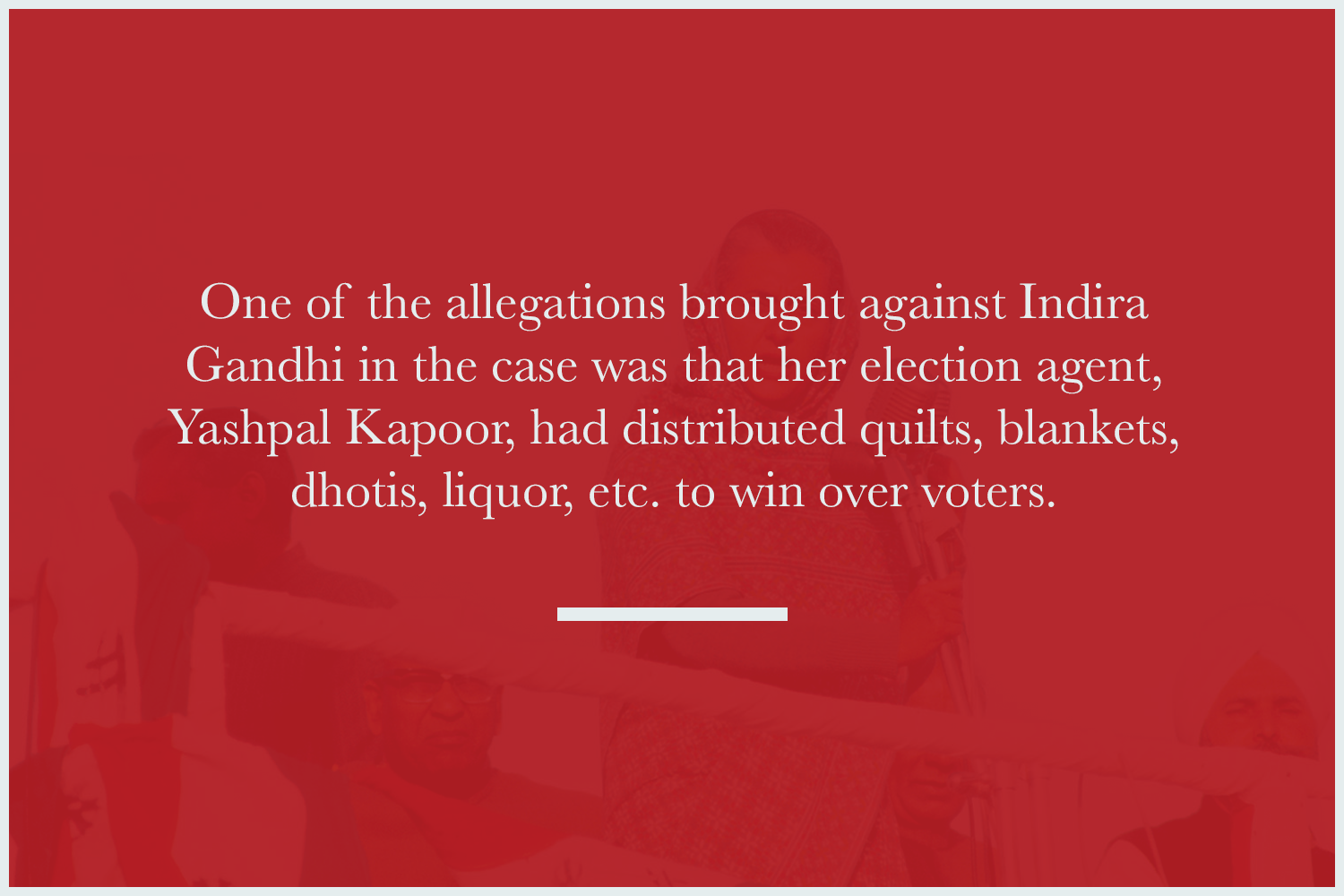

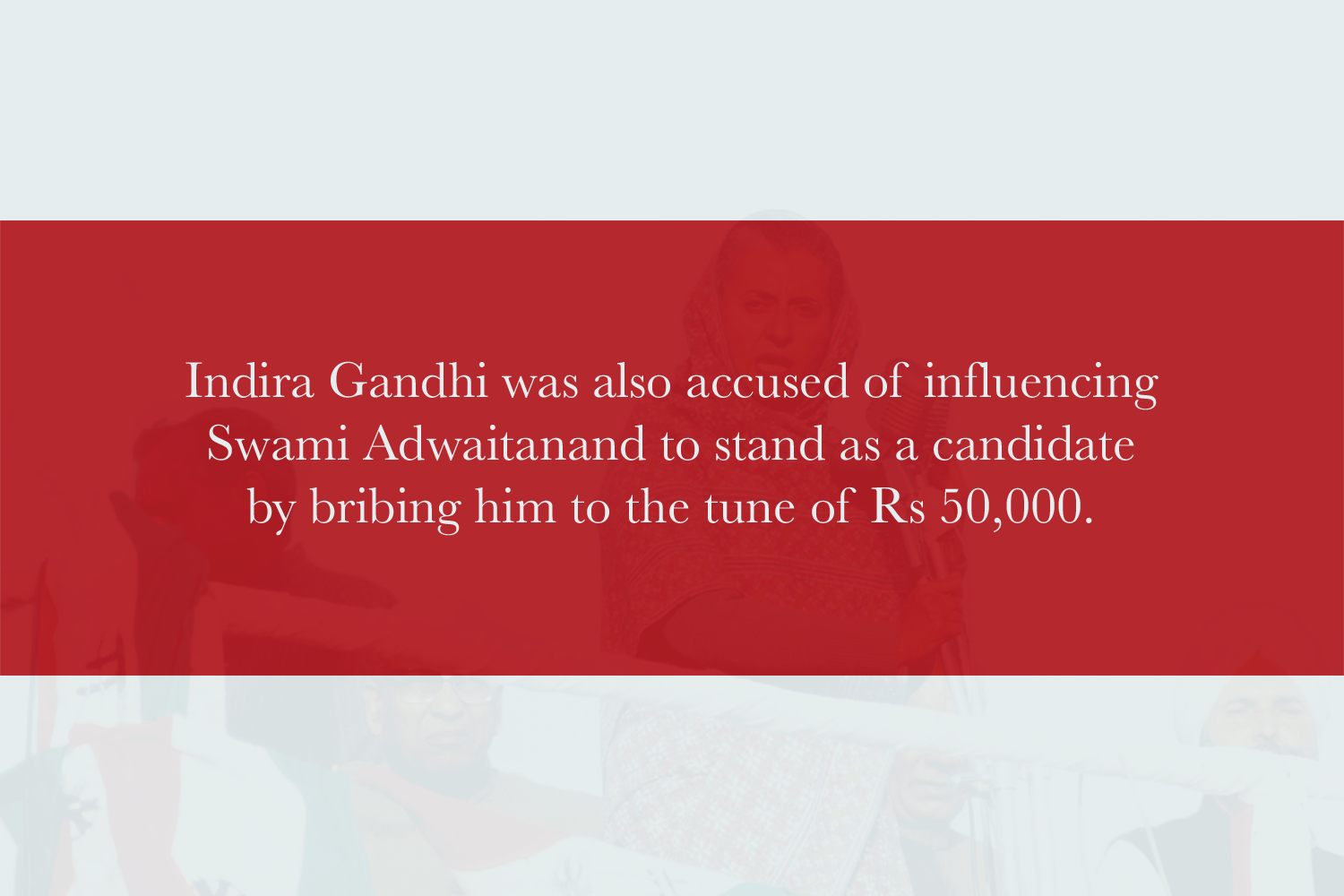

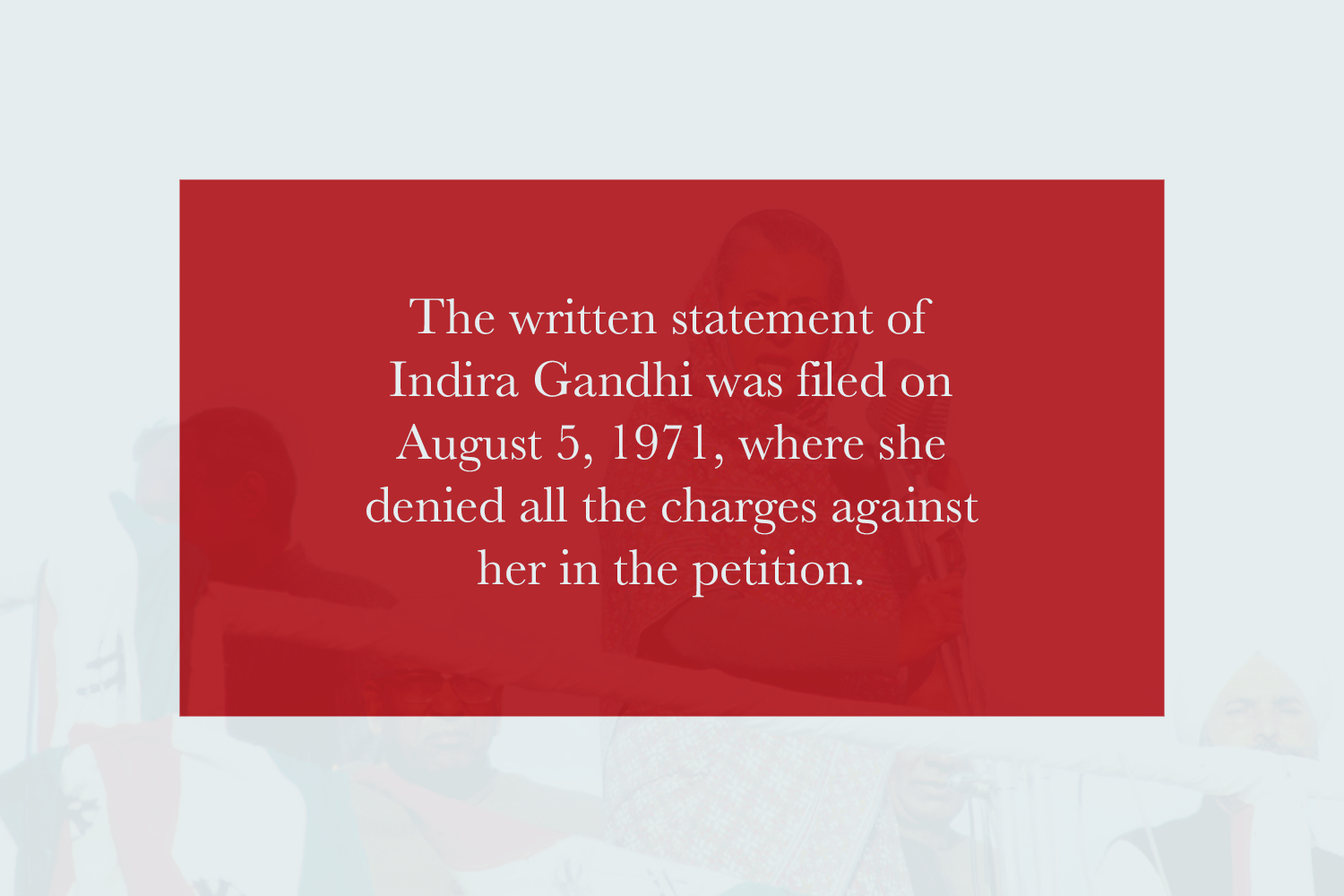
The Emergency finally concluded on March 21, 1977, thereby ending a period of not just political controversies, but heavy censorship, suspension of civil liberties and personal freedoms. Read more about it in Prashant Bhushan’s The Case that Shook India.
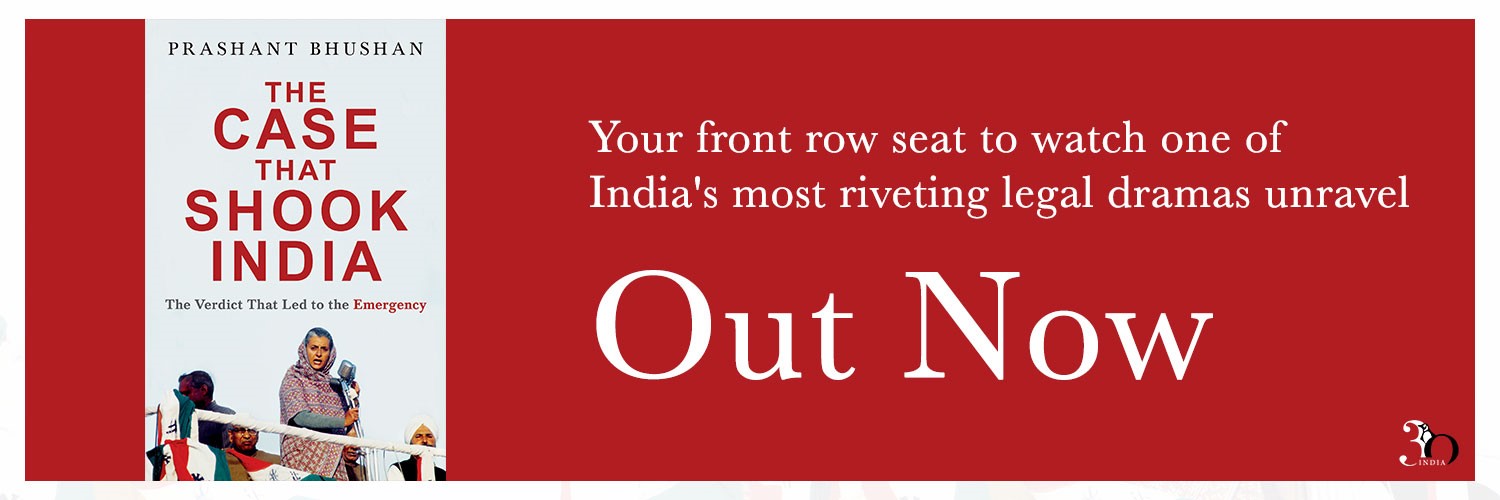
5 Close Parallels Between Mahatma Gandhi and His ‘Brother in Spirit’
Khan Abdul Ghaffar Khan, born in the Charsadda valley in the Pakhtun heartland, believed in the non-violent core of Islam. He sought to dissuade his people, the Pathans of the North-West Frontier Province, from adopting violent means for a separate Pakhtun land.
Rajmohan Gandhi’s biography — Ghaffar Khan: Non-Violent Badshah of the Pakhtuns, takes a discerning look into the larger than life trajectory of Badshah Khan’s life, drawing close parallels with the life of Mahatma Gandhi.
Here are five instances when Ghaffar Khan’s actions reminded one of Mahatma Gandhi.
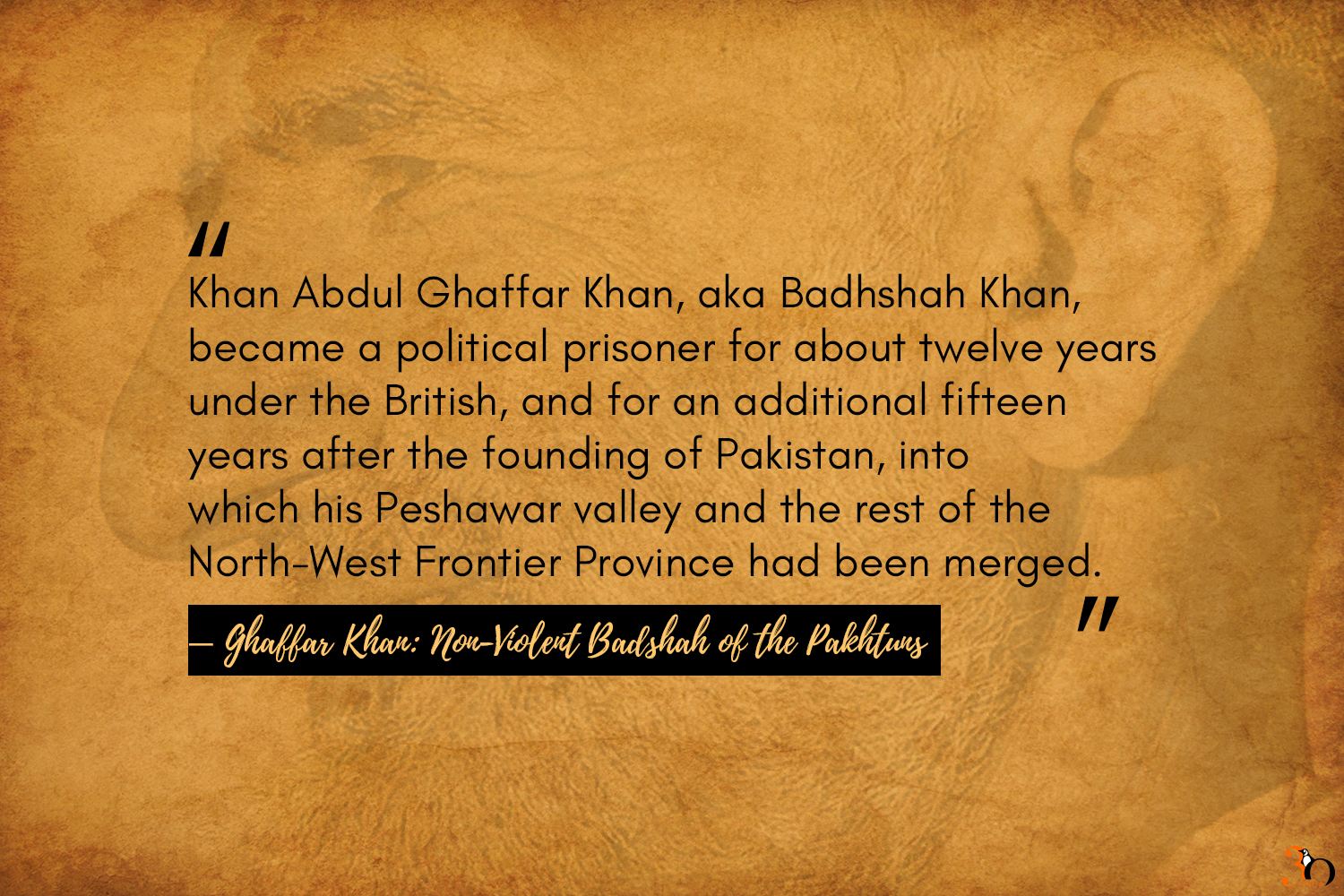
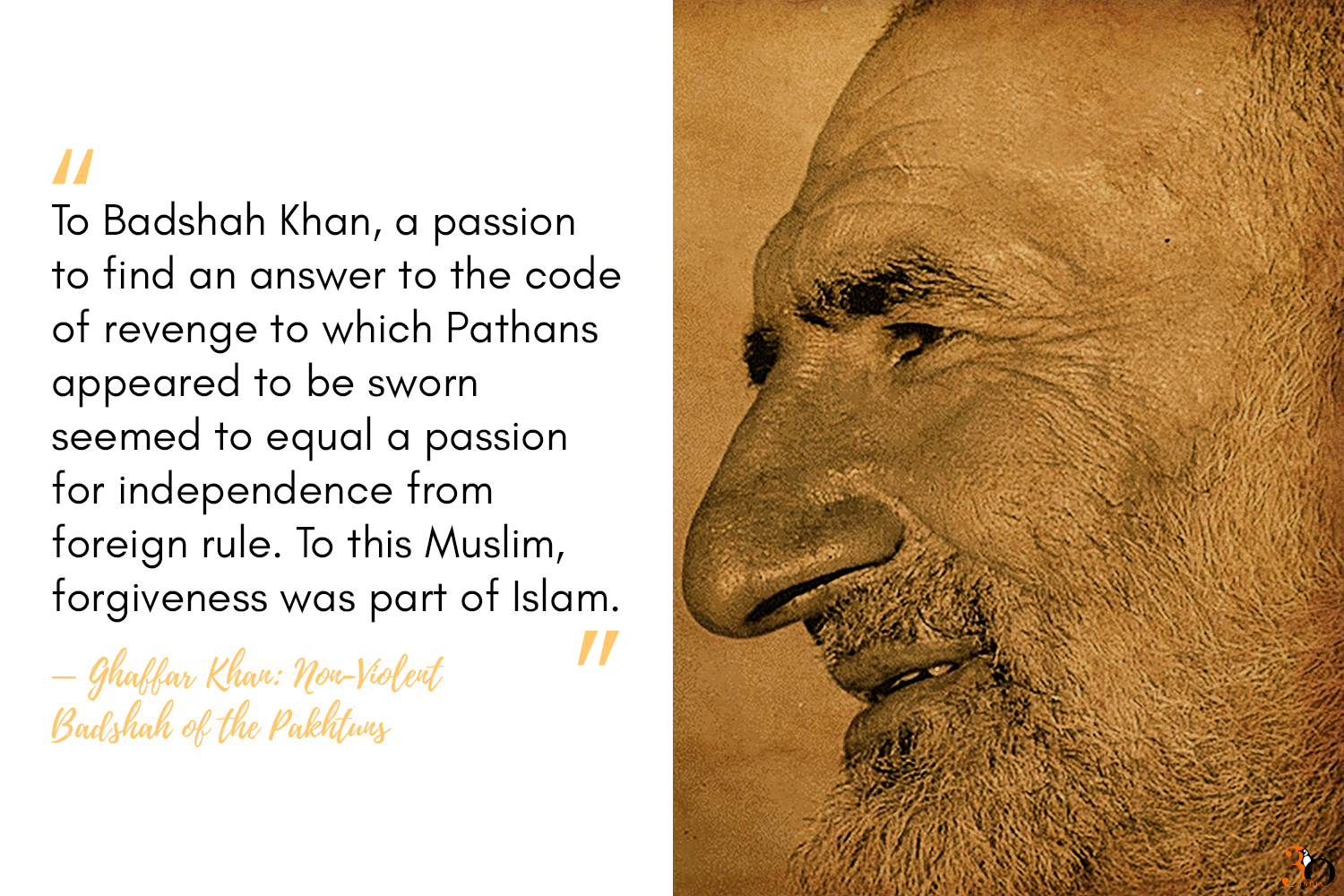
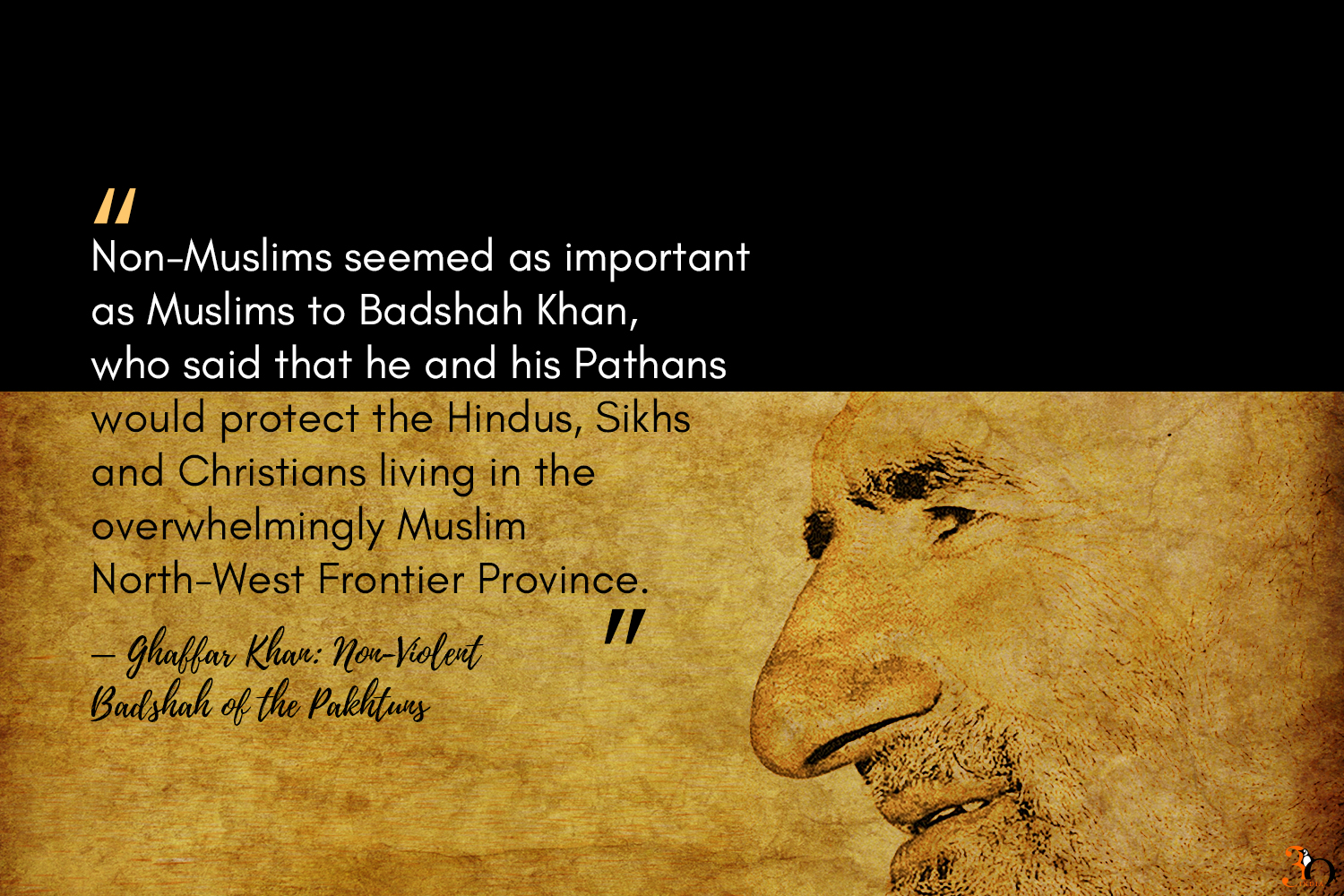
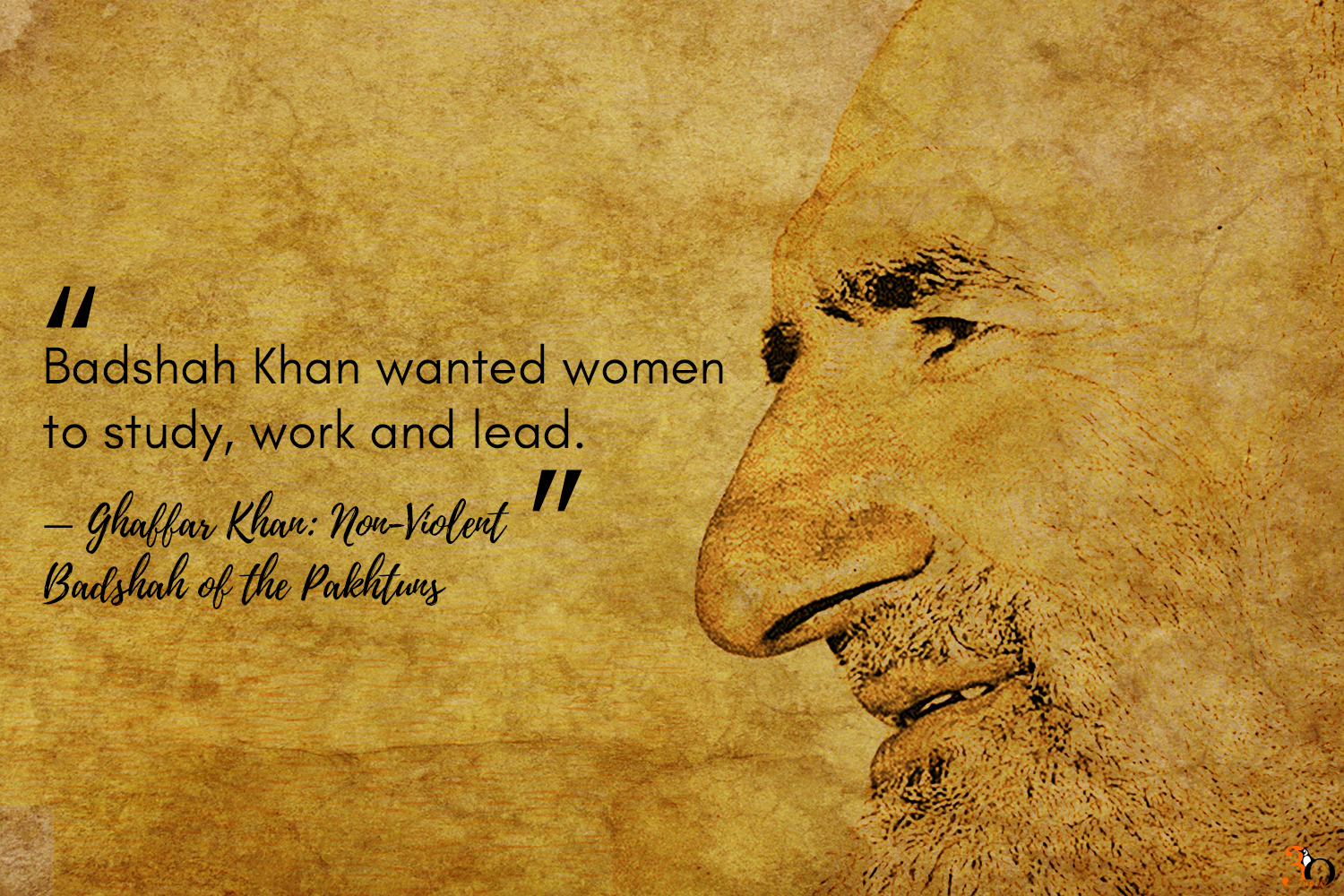
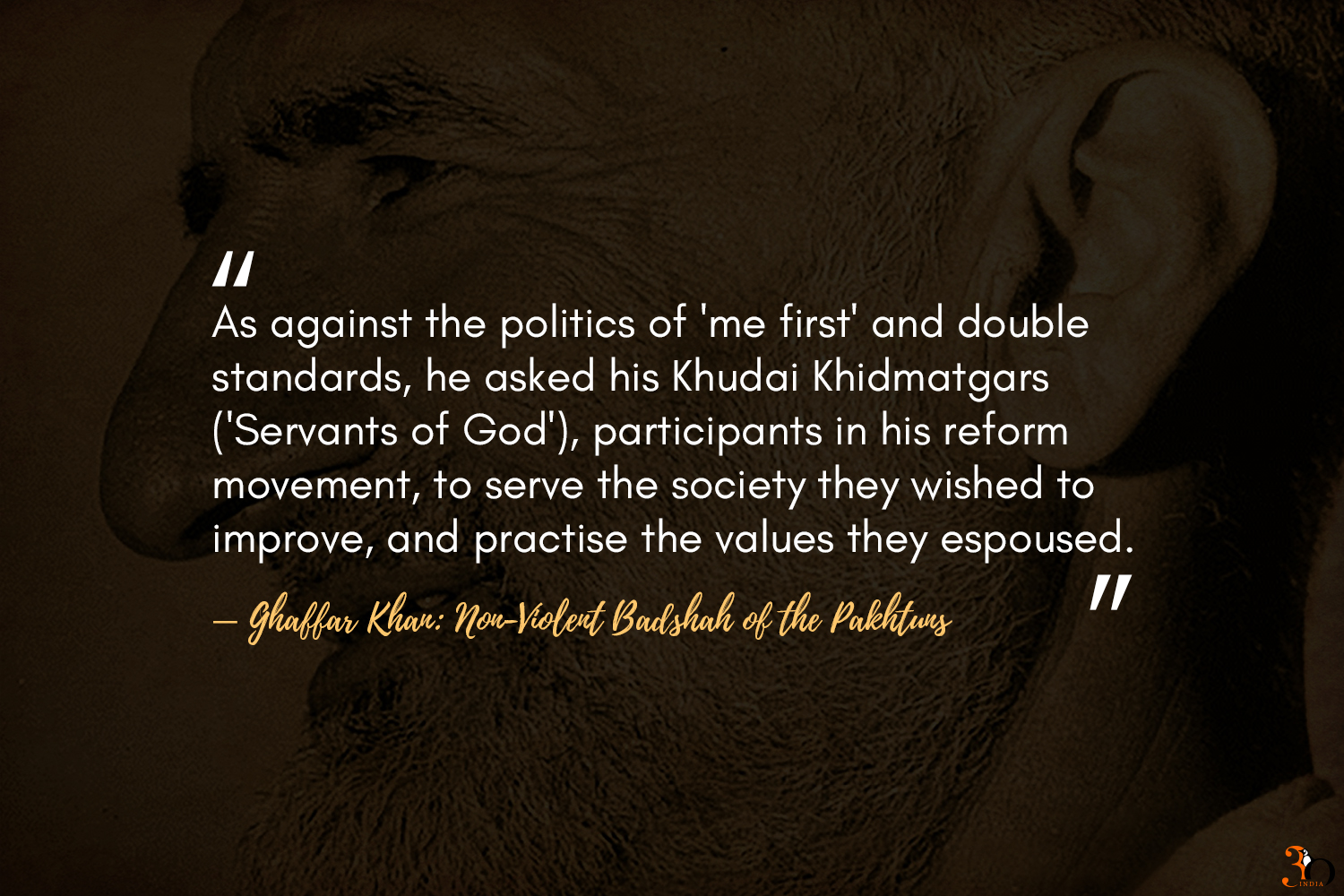
Grab your copy of Rajmohan Gandhi’s Ghaffar Khan: Non-Violent Badshah of the Pakhtuns today!








